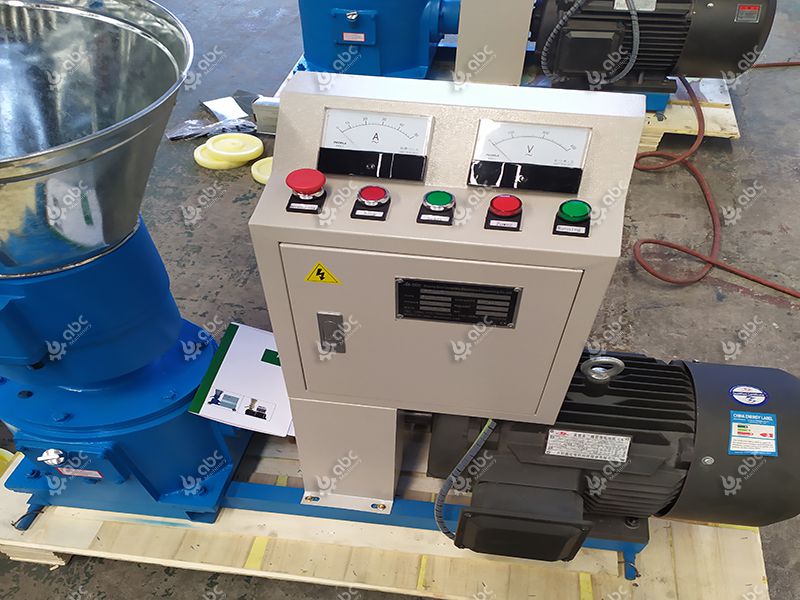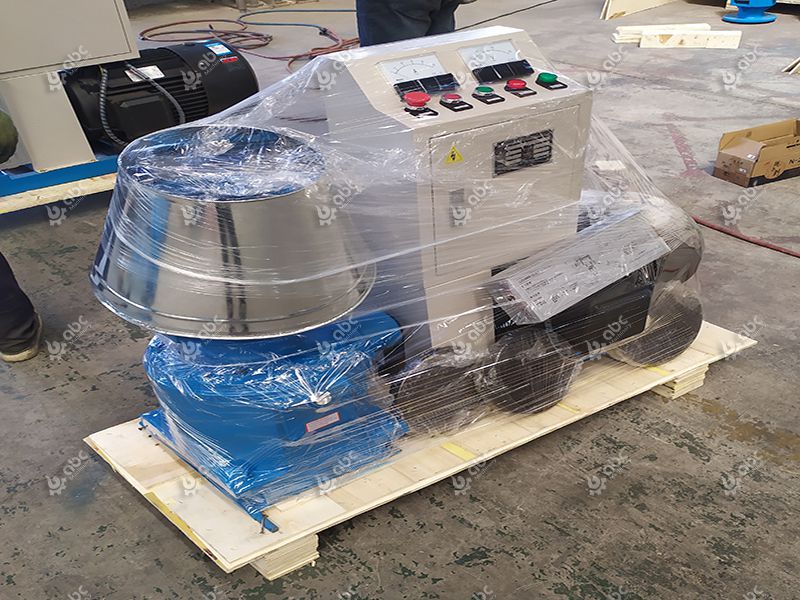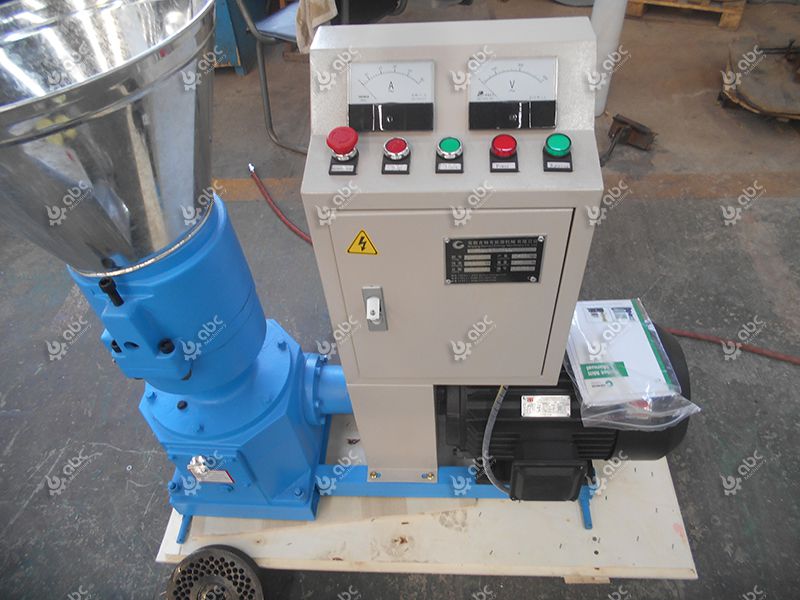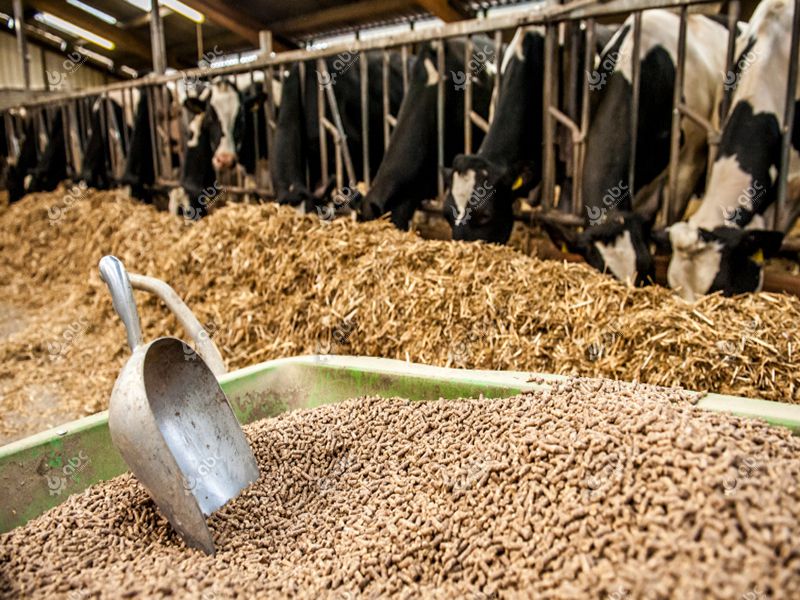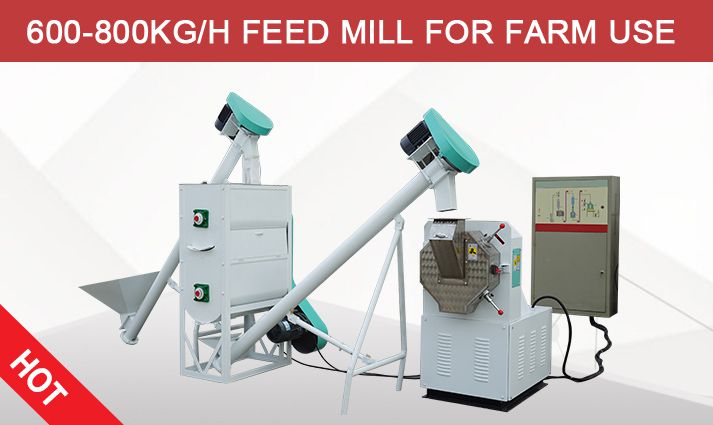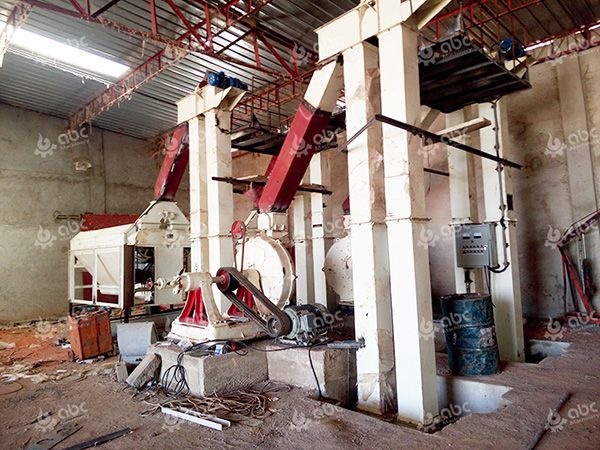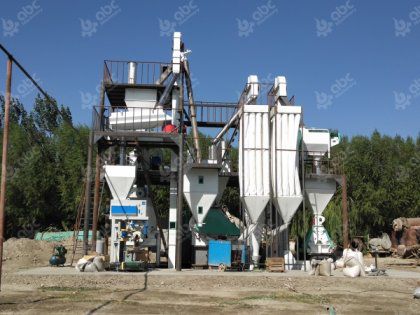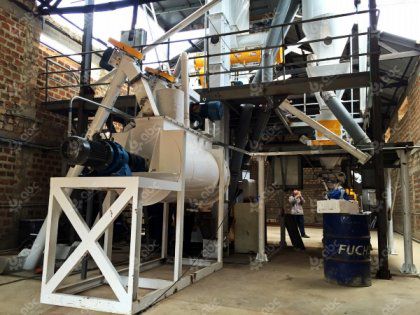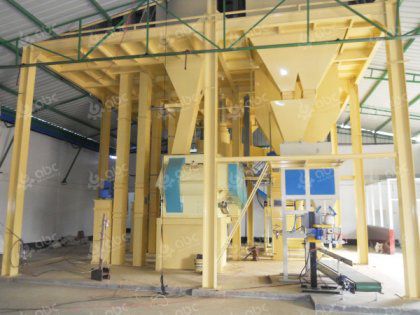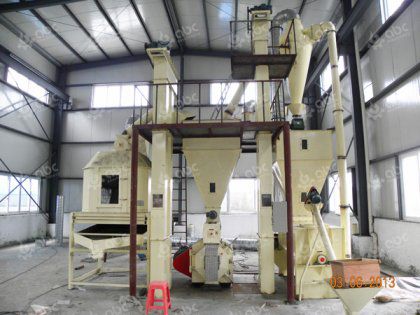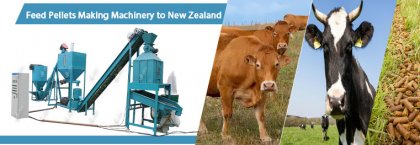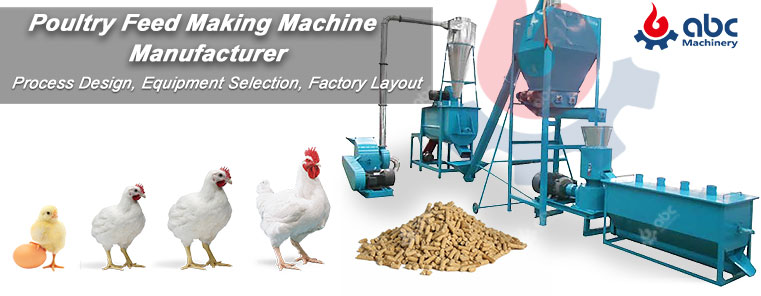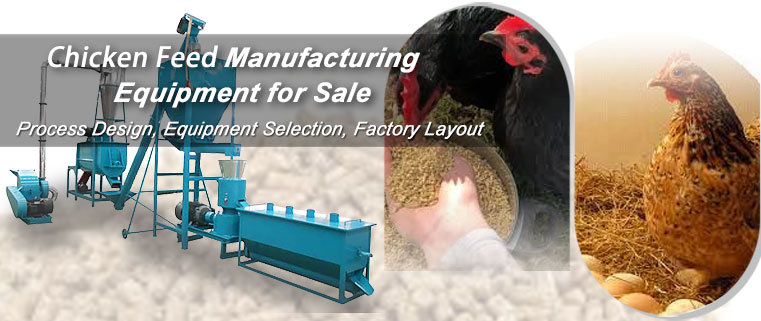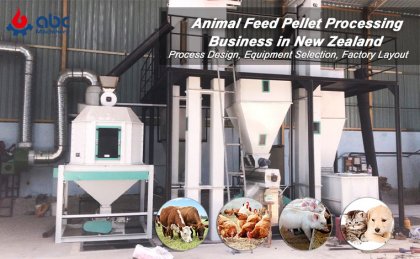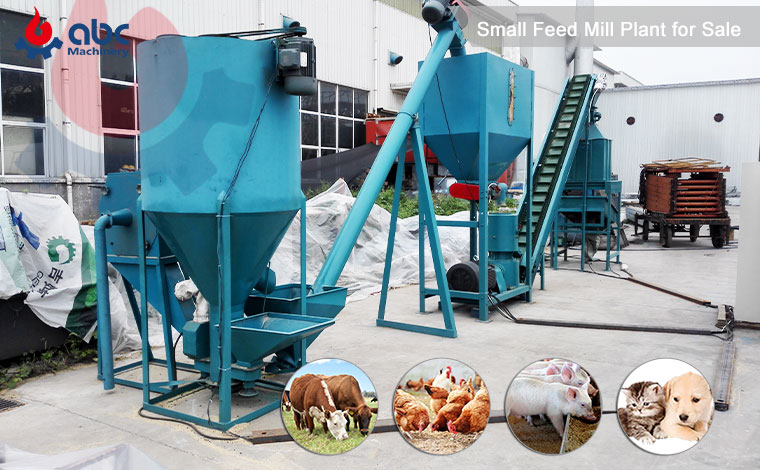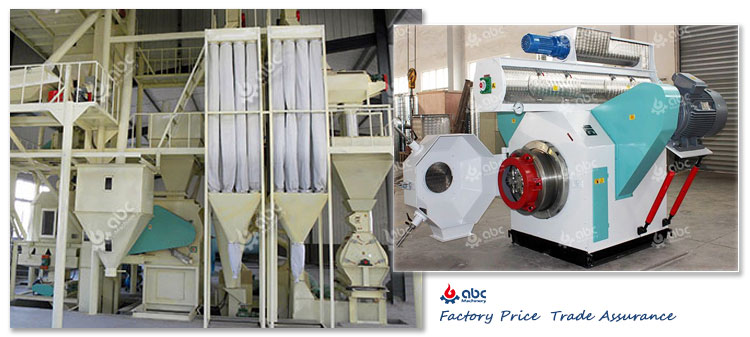Cattle are ruminants. Therefore, under modern farming conditions, the food structure of cattle is generally based on two types of forage and concentrate feed, with other roughage as appropriate.

The Formulations for Making Cattle Feed Pellets
Forage is generally based on fresh grass, hay, and tree stem and leaves, while common roughage includes wine lees and tofu residues. So, how do you mix concentrate feed for cattle? These may be unknown to some farmers. In the following, ABC Machinery will explain to you the method of preparing cattle feed and the equipment needed to mix it in proportion.
Seven Feed Pellet Formulas Commonly Used by Cattle Farmers
In order to have a reasonable ratio of cattle feed. Maybe you are supposed to have a suitable recipe, which can reasonably configure various feed ingredients, balance the nutritional structure, but also make full use of the existing local raw materials to adjust the feed structure, to achieve the purpose of saving breeding costs. Here we have summarised seven of the most common cattle feed recipes that are available to cattle farmers, so let's take a look!
-
1.Green Fodder
Fresh stems and leaves of plants are used as feed for green fodder. For example, pasture, field weeds, cultivated forage, aquatic plants, leafy shoots and vegetable leaves. Green fodder is highly palatable, can be better consumed by beef cattle, and is nutritionally sound and highly digestible.
-
2.Silage Feed
Silage Feed is made by chopping freshly cut fodder such as pasture, weeds, harvested maize straw and various vines (either alone or mixed) and loading them into silage cellars or silage towers, where they are isolated from the air and fermented by microorganisms. Silage can be kept for a longer period of time and it regulates the imbalance in the supply of green fodder during the fattening process.
-
3.Roughage Feed
All post-harvest crop straw, green cut weeds and hay from cultivated pastures are collectively known as roughage. Roughage has a large volume, poor palatability and relatively low nutritional value, but is widely available and low cost, so the processing and modulation of roughage should not be underestimated.
-
4.Energy Feeds
Feeds with less than 18% crude fibre and less than 20% protein in the dry matter of the feed. Such as grass seeds, maize, barley, wheat, oats; juicy feeds such as sweet potato, vinegar dregs, sugar dregs, cassava, sugar beet, carrots, etc.; processing by-products such as bran, bran and starch dregs from the fermentation industry, wine dregs, vinegar dregs, sugar dregs, molasses, etc. The main characteristic of this type of feed is that it contains high energy.
-
5.Protein Feeds
Feeds with a crude fiber content of less than 18% and a crude protein content of 20% or more in the dry matter of the feed. Protein feeds are divided into plant-based protein feeds, animal-based protein feeds, and microbial feeds. Plant protein feeds mainly include: legume seeds and corresponding cakes, such as cottonseed cake, flax cake, peanut cake, etc.; animal protein feeds mainly refer to dairy, fisheries, meat processing by-products, such as defatted milk, fish meal, blood meal, meat dregs, silkworm pupae, feather meal, earthworms, etc.; current application of microbial protein feeds include bacteria, yeast, and certain fungi.
-
6.Mineral Feeds
Under normal circumstances, if beef cattle can take a variety of feeds, basically can meet the health and normal growth of beef cattle, but for high-yielding beef cattle, relying on natural feed minerals is not enough, must be artificially supplemented. Commonly used mineral feeds are salt, rock flour, shells, sodium hydrogen phosphate, sodium dihydrogen phosphate, and other feeds containing both calcium and phosphorus, such as bone meal, calcium phosphate, etc.
-
7.Additive Feeds
There are two main categories: nutritive and non-nutritive. Nutritional additives are mainly vitamins, trace elements and amino acids. Non-nutritional additives refer to additives that do not play a nutritional role in the feed but rather stimulate metabolism, worming and disease prevention, such as antibacterial agents, growth promoters, protective agents, etc. Additive feed has the characteristics of small dosage and large effect, but the cost is high and the storage conditions are high (the storage temperature should be low and placed in a cool and ventilated place), do not use too much to avoid poisoning of beef cattle.
What Equipment is Required for Proportioning in a Large Commercial Cattle Feed Plant?
Usually, before the feed is made into pellets, commercial feed processing plants mainly require a grinding machine and a mixing machine. It is mainly used for crushing various kinds of hay as well as straw of crops and other coarse feeds, which are used by farms, pastures and breeding professionals to process grass meal feeds. The forage grinder can be combined with other equipment to form a rough feed processing unit with grass or straw as the main raw material. It can produce powdered or pelleted feed. Pellet feed is not easily spoiled, easy to transport and store, highly palatable and is the best feed for ruminants such as cattle, sheep, camels and poultry. If the moisture content of the raw material is below 15% and the sieve is 3 mm (such as the size of sorghum rice grain), it can produce more than 500 kg per hour and the economic benefits are considerable.(Related article:How Are Dairy Cow Feed Pellets Processed?)
How Do You Prepare Cattle Feed Pellets? What is the Ratio of the Preparation?
To understand how to prepare cattle feed, first of all, we need to understand the nutritional structure and composition of cattle feed. Once you know the nutritional structure and composition of raw materials, then you can buy the corresponding raw materials and prepare them in proportion.The following is an expression of the proportion of the composition of cattle feed pellets (for reference only).
| Nutritional recipes for cattle feed | Straw bio-feed | Maize meal | Salt | Shell meal | Bran | Bone meal |
|---|---|---|---|---|---|---|
| Feed formula for young cattle up to 100 kg | 85% | 5% | 0.6% | 0.8% | 1.6% | 3% |
| Feed formula for 150- 450 kg of cattle | 90% | 4% | 0.6% | 0.9% | 1.2% | 2% |
| Feed formula for 400 kg breeding cattle | 95% | 2.5% | 0.6% | 0.7% | 0.2% | 1.2% |


